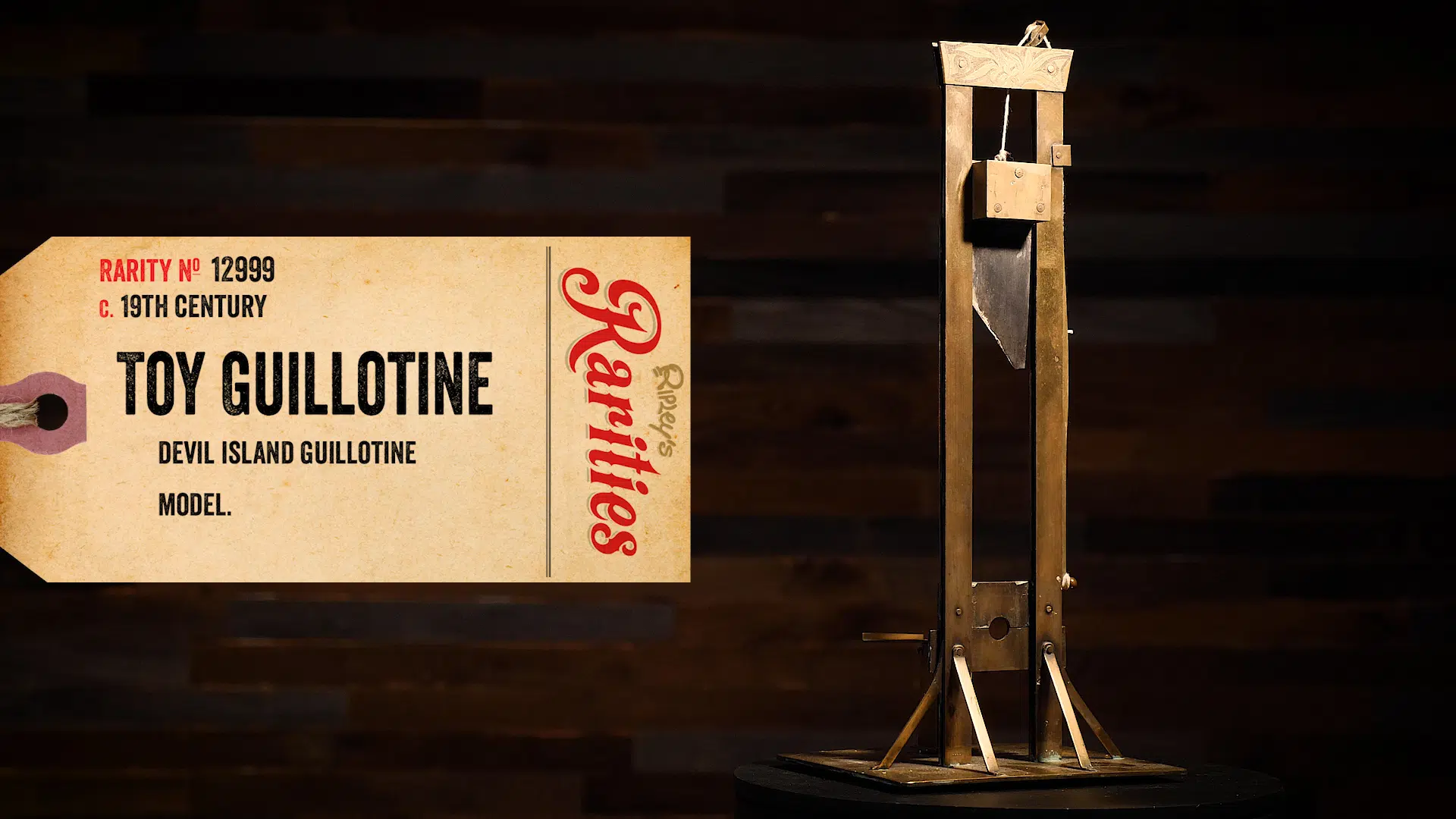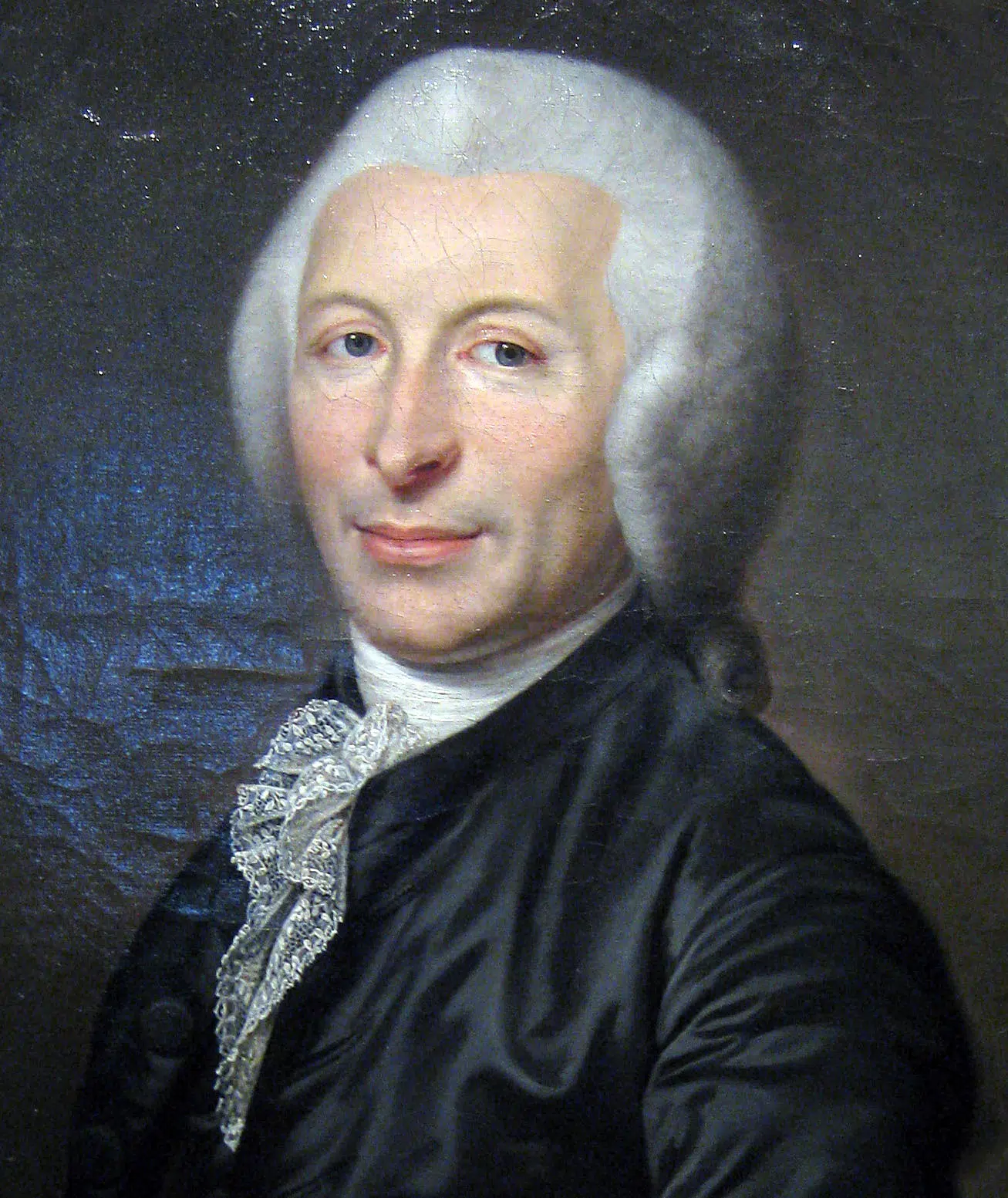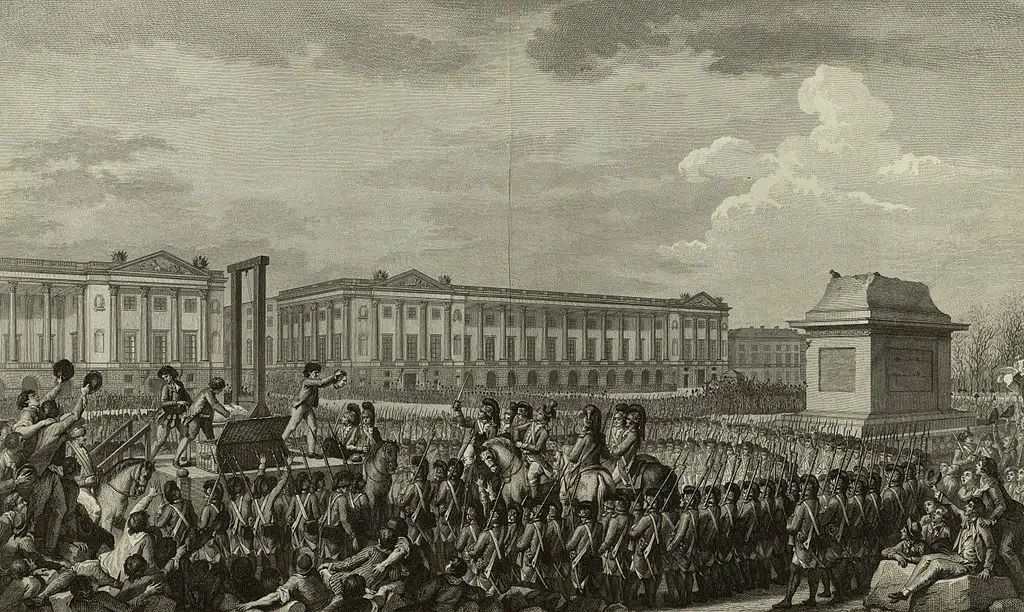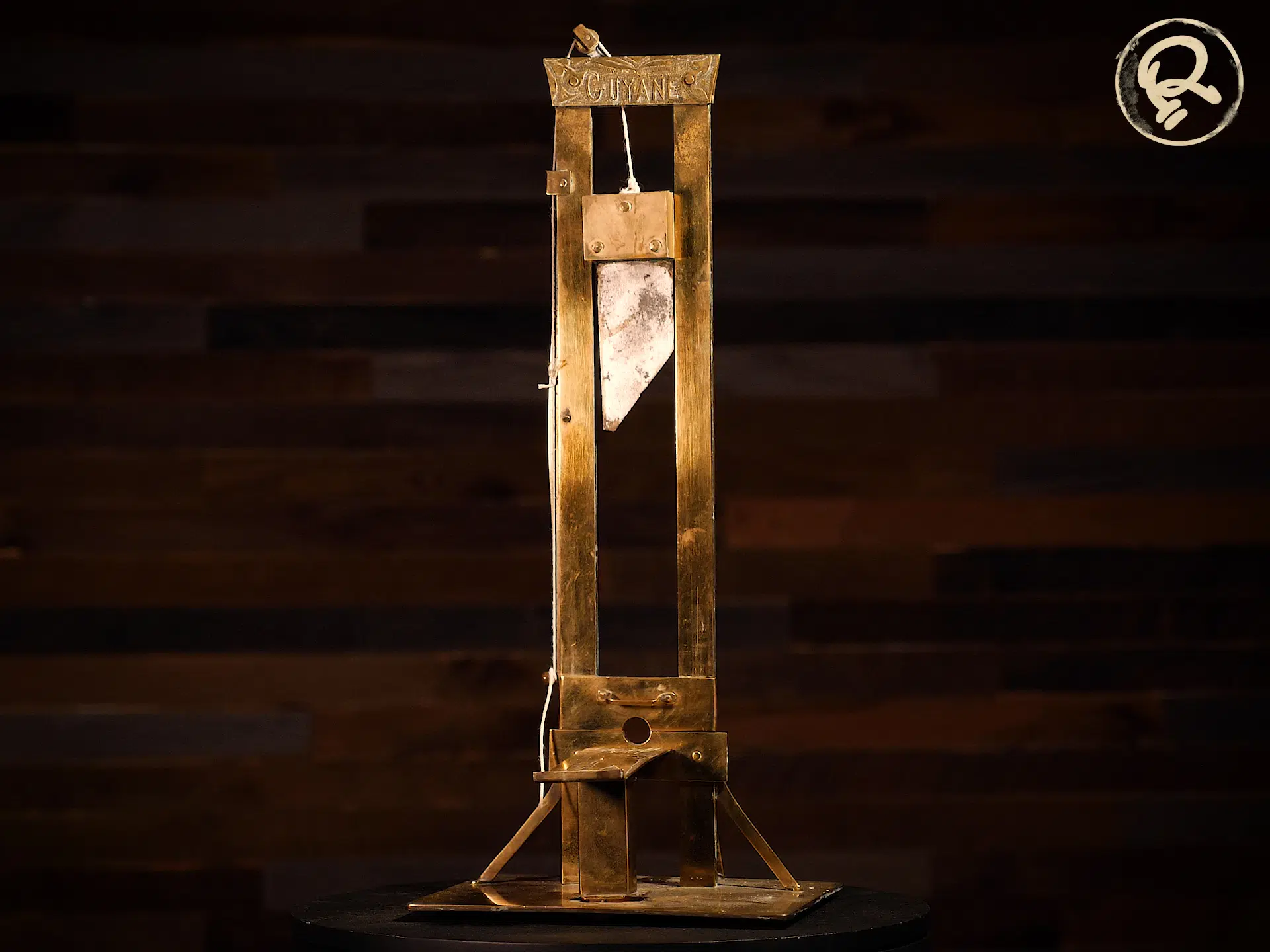
Children Played With Toy Guillotines During The Great Terror
Featured in Ripley's Believe It or Not!

When Dr. Joseph-Ignace Guillotin proposed the now-famous sliding blade execution machine in 1789, he intended for it to be a kinder, gentler means of beheading. Just a few years later, the device would become a symbol of the Reign of Terror, lopping off the heads of over 16,000 people. Guillotin himself was horrified by the machine of death his apparatus became, and even became an opponent of the death penalty altogether. Instead of bringing some sort of civility to criminal executions, however, Guillotin’s name would become synonymous with the brutal device.



